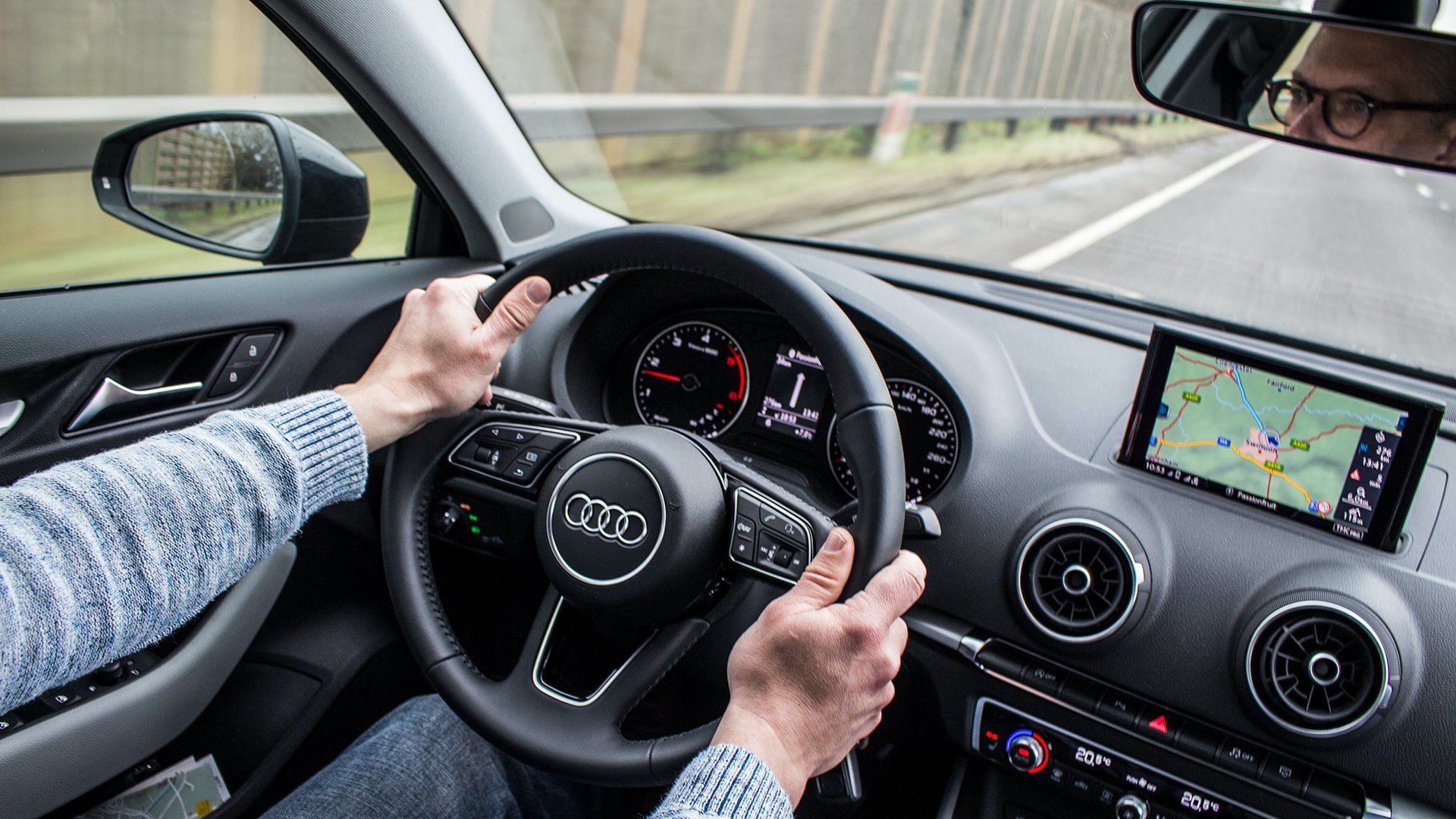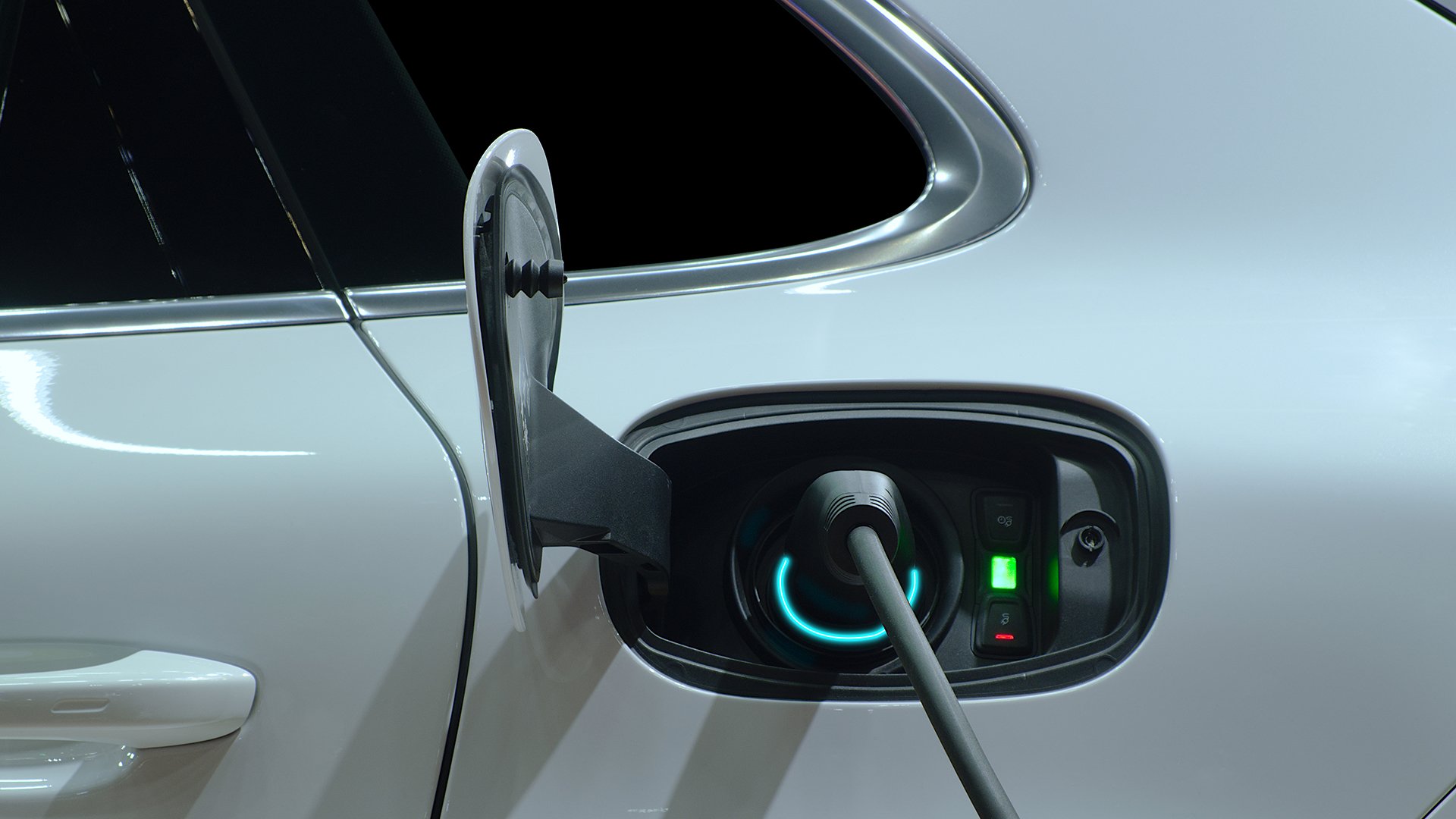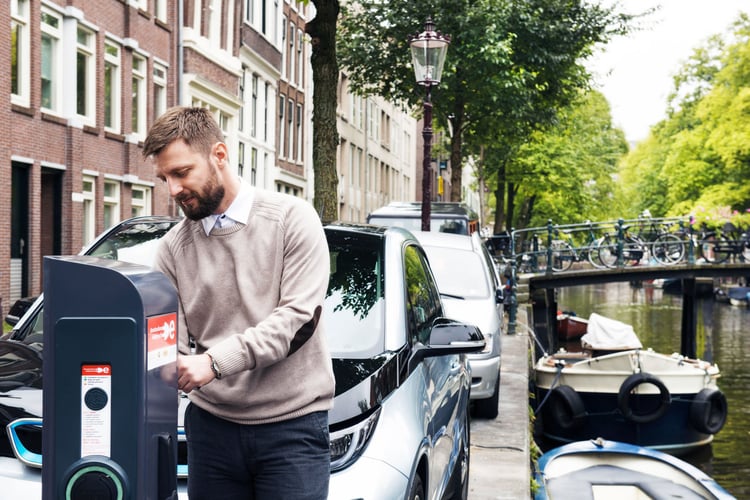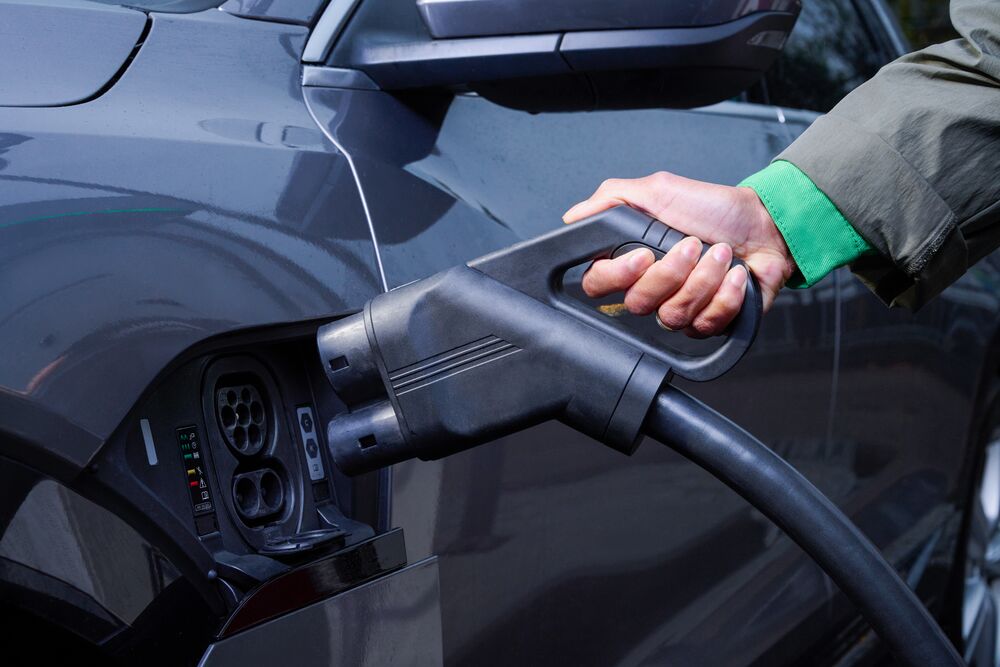
Despite the fact that electric vehicles (EVs) have been around for over a century, they are still a relatively new addition to the global transportation mix. One of the most significant changes drivers will notice as a result of EVs' quick rise in significance is the way we fill up our "tanks."
EVs and the electric mobility infrastructure that supports them has come a long way in the short time since the turn of the century. For many, this has resulted in a confusion about the many different types of EV charging, their names, and which is best for particular EVs and drivers.
EV drivers can pick from three different forms of EV charging today: Level 1, Level 2, and Level 3. The newest addition to the electric mobility scene is Level 3 charging, commonly known as fast or DC charging. In this article we will answer all of the questions you've had regarding Level 3 charging.
The difference between Level 1, Level 2, and Level 3
The difference between the three Levels of charging all comes down to the power output that flows from the charging station. The power output, in turn, has a direct relationship with charging times. The higher the output, the faster the charge. Similarly, the higher the level, the more power output of the charging station. Here is a brief overview of the three different Levels:
Level 1 charging
Level 1 charging is the slowest way to charge an electric vehicle and mainly reserved for home charging. As Level 1 charging works by plugging an electric vehicle into your regular wall outlet, the maximum output for Level 1 charging stations is between 1.3 kW to 2.4 kW, or the equivalent of approximately 3 to 5 miles an hour.
Level 2 charging
A Level 2 charging station can charge an electric vehicle faster than a Level 1 charging station, providing between 7.4 and 22 kW of power to the vehicle. These charging stations are common in public parking lots and are a great option for businesses that want to offer EV charging or electrify their fleet. An hour of charging at the maximum power of 22 kW will provide around 75 miles of range.
Level 3 charging
Level 3 charging stations are the fastest on the market today, able to deliver between 50 kW and 350 kW of power. An hour of charging at a 350 kW Level 3 charging station you can expect up to 298 miles of range, and at 50 kW you can expect up to 173 miles of range.
If you would like a more in depth analysis of the differences between the three Levels of EV charging before we take a deeper look into Level 3 charging, check out this blog: EV charging Levels explained.
What’s the difference between Level 3, rapid, fast, ultra-fast, and DC charging?
As electric mobility, in general, and particularly the charging infrastructure industry, is evolving rapidly, the terminology for many different technologies has diverged.
Confusing as it may be for drivers, many of these terms can mean the same thing. What some may call Level 3 charging, others may call DC charging, quick charging, rapid charging, fast, or even ultra-fast charging.
Essentially, all of the listed terms refer to all charging stations that convert the current before it reaches the vehicle.

What is Level 3 EV charging?
When it comes to charging, Level 3 EV charging is the fastest of the three available. Depending on the power output, a Level 3 charger can charge an electric car in minutes compared to the hours it takes for both Level 1 and Level 2 chargers.
For instance, at the highest power output, a Level 3 charger can charge an electric car to 80 percent in between 15 and 60 minutes. Due to the rapid pace of charging, Level 3 is perfect for short-stops along the motorway, inner-city, commercial businesses like petrol stations, and for business fleets like taxis or delivery vehicles.
.png?width=628&name=Understanding%20electricity%20(2).png)
How do Level 3 charging stations work?
To understand how Level 3 charging works, it is important to know these two fundamentals of EV charging first:
- Power from the grid is always alternating current (AC)
- EV batteries only accept direct current (DC)
Therefore, these two factors mean that at some point, the power from the grid must be converted from AC to DC.
With Level 1 and Level 2 charging, the conversion from AC to DC takes place in the vehicle via an onboard charger. With Level 3 charging, the conversion takes place before the power reaches the vehicle inside the charging station, therefore bypassing the slower onboard charger and instead charging the battery directly. Whilst Level 3 chargers come in many shapes and sizes, they all have one thing in common: the conversion happens outside the vehicle.
How much does it cost to charge with Level 3 charging?
Generally speaking, Level 3 charging will always be more expensive than Level 1 and Level 2 charging. When you opt for Level 3 charging, you’re charging your electric car extra fast, and, of course, that convenience comes at an additional fee.
How much exactly depends on many different factors: where you are charging? Are you being charged by kWh, by-the-minute, or maybe a combination of both?
Making the most out of Level 3 charging comes down to balancing price and convenience, and knowing what is best for your vehicle. For instance, many EVs have a maximum charging capacity in terms of how many kW’s the battery can take. If your vehicle's maximum capacity is 50 kW and you are occupying an ultra-fast Level 3 charging station (259 kW) and paying by the minute, you’ll be paying extra for the same range.

Is Level 3 charging suitable for any EV?
Level 3 charging works with almost all passenger EVs. How much power each vehicle can handle, however, can differ greatly and depends on the battery. While some batteries can take up to 350 kW, others can only accept 50 kW.
Tesla owners, who, despite having their own Level 3 chargers dubbed "Superchargers", can also use Level 3 chargers, although certain models will require an adapter.
Can I install a Level 3 charger at home?
Hypothetically yes, but in reality, it’s probably not possible. The main benefits of Level 3 charging stations make them ideal for usage in public and commercial spaces. Due to both their price—which is significantly higher than a Level 1 or Level 2 charger—and their complexity, Level 3 fast charging stations aren’t suited to home installation. You can find more information on home charging stations here.

What Level 3 charging means for electric mobility
As Level 3 charging rolls out across motorways and cities on both sides of the Atlantic, some are pegging the technology as the tipping point for electric mobility.
Despite the fact that the number of electric vehicles on the road is still relatively small in comparison to traditional fuel cars, their popularity is growing year after year. To reach a tipping point and encourage widespread adoption of electric vehicles, the average EV will need to have a range of more than 280 miles on a half-hour charge.
According to a Castrol study, 57 percent of OEMs claim that a 30-40 minute charge time is already available—but just not accessible for most drivers. And at the same time, according to our research, the number one factor standing in the way of potential EV drivers purchasing an electric vehicle is range anxiety—the fear of not being able to charge when you need it.
The rollout of Level 3 fast charging stations will undoubtedly make 30-minute charging more accessible to EV drivers, easing their range anxiety fears. As this technology becomes more available, many forecast that the tipping point for mass adoption will occur within the next few years.
Learn what Level 3 charging can mean for your businessRead our free ebook to get a complete overview of all fast EV charging possibilities, their differences, and what to look out for before investing. |
Related articles

7 FAQs about electric car charging
Only a few years ago, electric mobility seemed like a futuristic idea or a hypothetical concept. Nowadays, electric...

Electric car charging cables and plugs explained [2023 update]
Last updated on December 8th, 2023 Charging an electric vehicle (EV) is not a one-size-fits-all endeavor. Depending on...

Where to charge an electric car?
Today, nearly half of all prospective new car buyers are thinking of going electric. Lower prices, wider model variety,...
